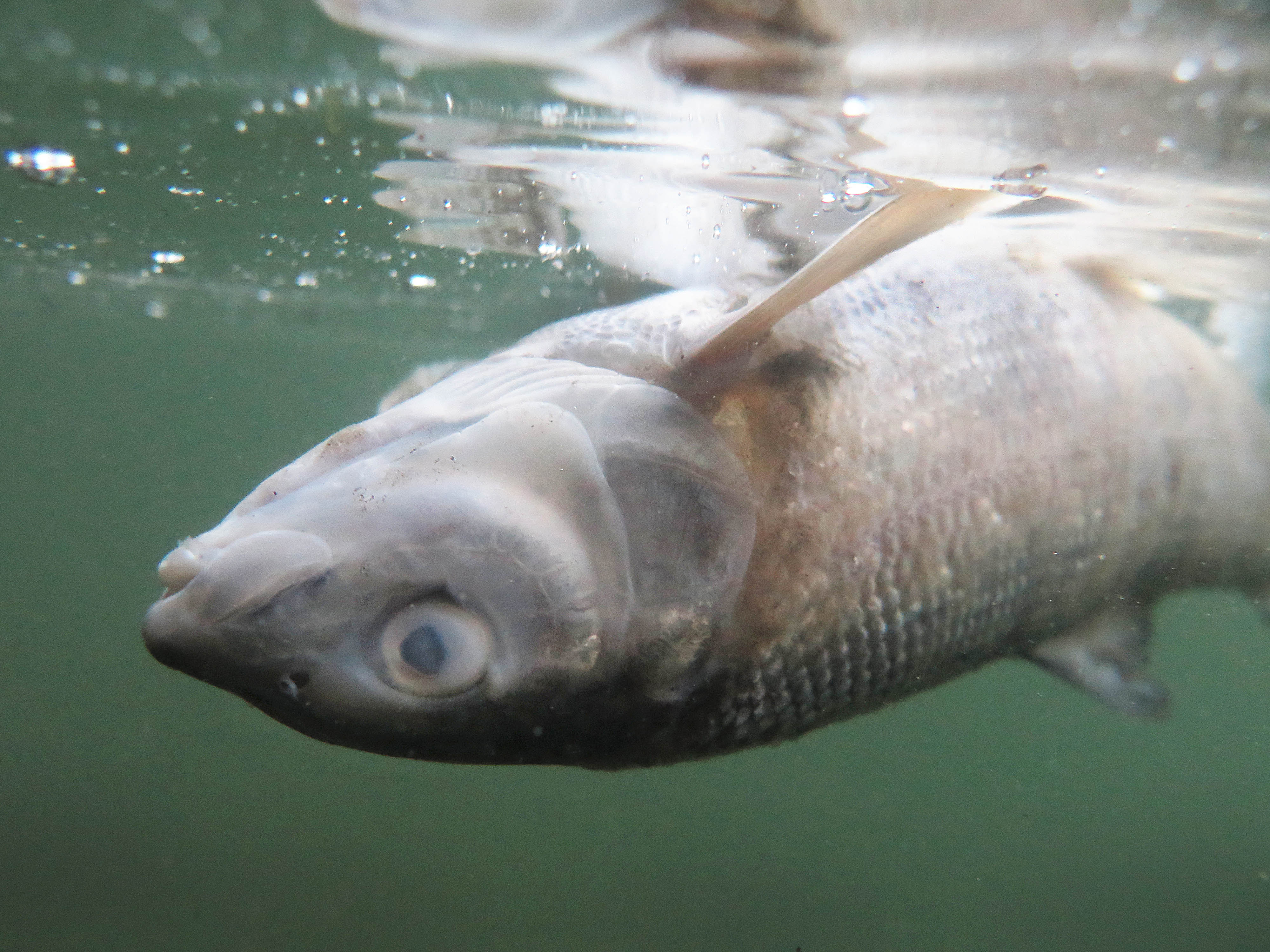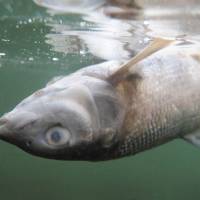Closures on a 183-mile (295-km) stretch of the Yellowstone River and hundreds of miles of other waterways could continue for months while biologists try to prevent the spread of a parasite believed to have killed tens of thousands of fish.
The closures will remain until the waterways improve and fish stop dying, according to officials from Montana Fish, Wildlife and Parks. The ban includes all fishing, rafting and other river activities.
Officials are now worried the fish kill could have a lasting impact on the Yellowstone's reputation as a world-class trout fishery that draws visitors from around the world.
The closures extend to hundreds of miles of waterways that feed into the Yellowstone, including the Boulder, Shields and Stillwater rivers.
No dead fish were found inside Yellowstone National Park, where a celebration of the National Park Service's 100th anniversary is set for the coming week, and no closures were planned there.
The parasite causes fish to contract a fatal kidney disease and die. FWP spokeswoman Andrea Jones said the disease can have a mortality rate as high as 90 percent. Other places that have had similar outbreaks include Washington state, Oregon, Idaho, Canada and Europe.
Reports of the Yellowstone River fish kill began pouring in more than a week ago. Wildlife officials confirmed more than 4,000 fish deaths, but they say the toll is probably much higher.
Most have been mountain whitefish, a native game species, but reports emerged that the die-off has affected some rainbow trout and Yellowstone cutthroat trout — species crucial to the fishing industry.




















With your current subscription plan you can comment on stories. However, before writing your first comment, please create a display name in the Profile section of your subscriber account page.